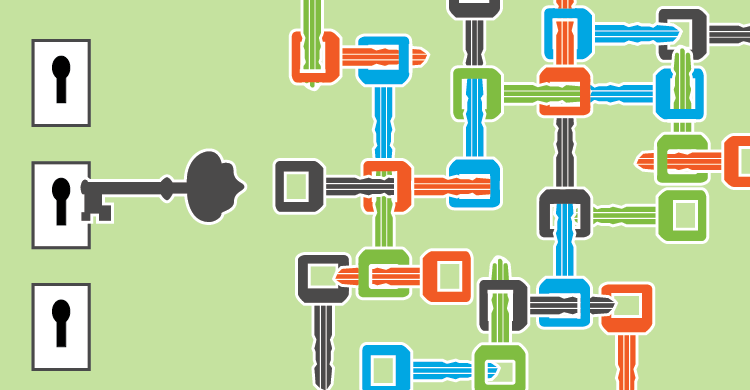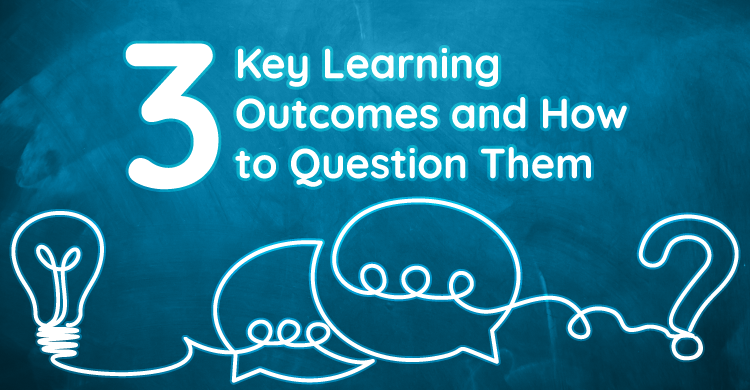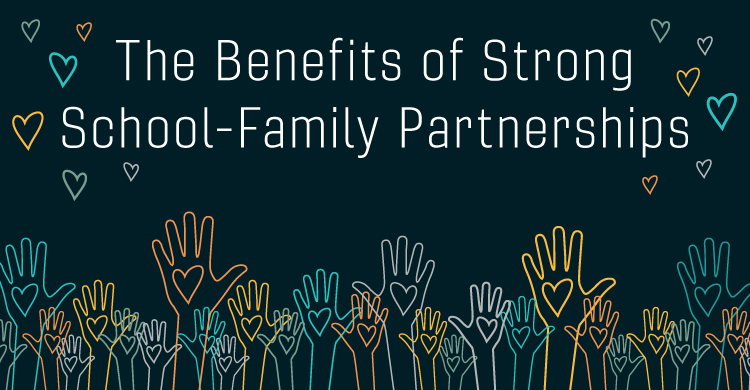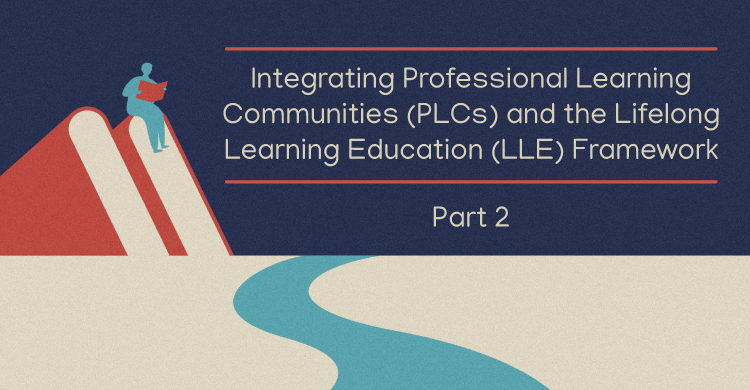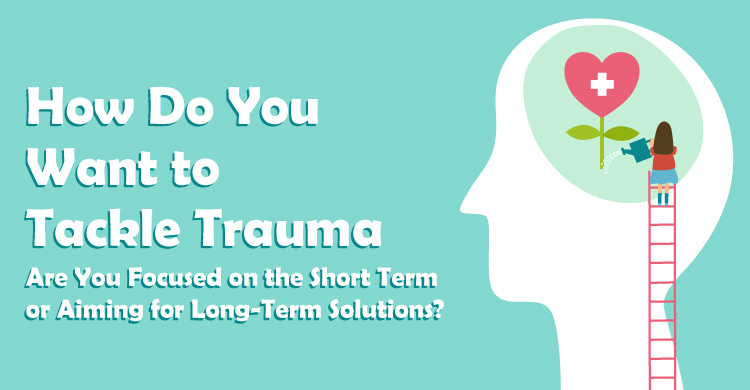This post is part of an ongoing series on the topic of Eliminating the Achievement Gap for Latino Students.
Common Core has opened the door for a different kind of learning experience for both teachers and students. The traditional classroom with the teacher being the keeper of knowledge, and the students being the sponges of information is being flipped. The teacher’s role is shifting away from instructor and leaning more towards facilitator. With this shift, students are transitioning to be the active participant in their own learning, responsible for their own engagement and product. This level of ownership of learning is especially beneficial for English Language Learners. ELL students need to build relevance with new learnings, and this new approach will only solidify connections and provide personal contexts for their new learnings.
I had the privilege to help lead the ELA transition to Common Core for Sanger Unified School District with the elementary ELA professional development leader, Michelle Carr. Together we helped develop, implement, and monitor Common Core professional development. Our plan was to practice what we preached, as we developed, implemented, and monitored Common Core professional development. Therefore, we designed our professional development trainings to follow what we would recommend for teachers to begin trying in their own classrooms. We discovered that this approach to our professional development trainings was also beneficial for adult learners as well. This is where the DEA Teaching Model was born.
Demonstrate: Allow students to experience the new learning/skill/knowledge without defining or explaining it. This allows students to make their own connections or draw their own conclusions. They may or may not get the correct answers, but this allows them to productively struggle through the process. For example, if the learning objective for an ELA class is to define the components of a thesis statement and its proper use, a teacher may provide students with a variety of introductions with a variety of potential thesis statements and ask them a generic question, like, “Which introduction is better and why?” Allowing students to work together to come up with their answers and asking them to justify their positions is the beginning of the lesson. Instead of presenting a formal definition of a thesis, then providing example thesis statements, and finally ending with students distinguishing between effective and ineffective thesis statements, we start from the end and move backwards.
Explain: After students experience the demonstration of the new learning/skill/knowledge, the teacher then provides the definition and explanation. The difference with this model is that students have already made their own connections and established their own context. For example, if the learning objective for a science class is to define the three states of matter for water, a teacher may have demonstrated each state without definitions or explanations. During this phase of the lesson, the teacher then has the opportunity to facilitate a conversation with the entire class to confirm accurate assumptions, correct wrong ones and provide the definitions, skills, and new learnings. This allows teachers to build on a foundation that the students create initially, thus providing for more ownership, context, and relevancy.
Apply: Provide students an opportunity to apply their new learning/skill/knowledge into a new context. This is not simply an individual task. Students are the driving force in this final phase of learning. The teacher is the facilitator during this phase by providing a scenario, problem, challenge, or task. In this case, the teacher is the facilitator, and students rely on each other, as the collaborative process is key. Students learning from other students is an important element with the Common Core expectations and assessments. It will only be a disservice to students to make them dependent learners, with little ability to be independent and freethinking. This is a great opportunity to provide students with “performance task” types of problems to solve. Remember, it is not about the quantity, but instead the quality of the problems.
In the traditional classroom, the teacher stands in front of the classroom with students sitting in rows facing the gatekeeper of learning. Students are empty vessels to be filled with the wisdom of the teacher in a one-way learning experience. Common Core is realigning instruction to focus on student engagement and productivity by asking more of students on every level. All students benefit—this ranges from high achieving to low achieving, ELL to EO, high socio-economic to low socioeconomic, rural to urban. Students should be able to lead their own learning by actively participating in a multitude of educational experiences including their peers and facilitator. The more students are able to take ownership of their learning, the more they are pushed out of their comfort zone. The more independent students are, the more successful they will be as students and learners. The end goal is to prepare students to be life long learners both in and out of the classroom.
[author_bio id=”385″]


